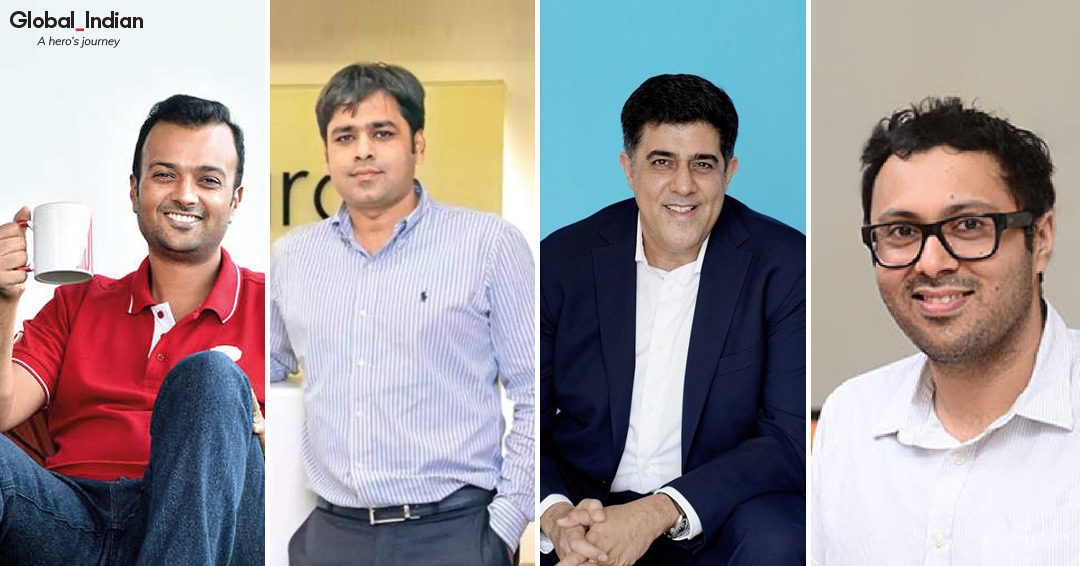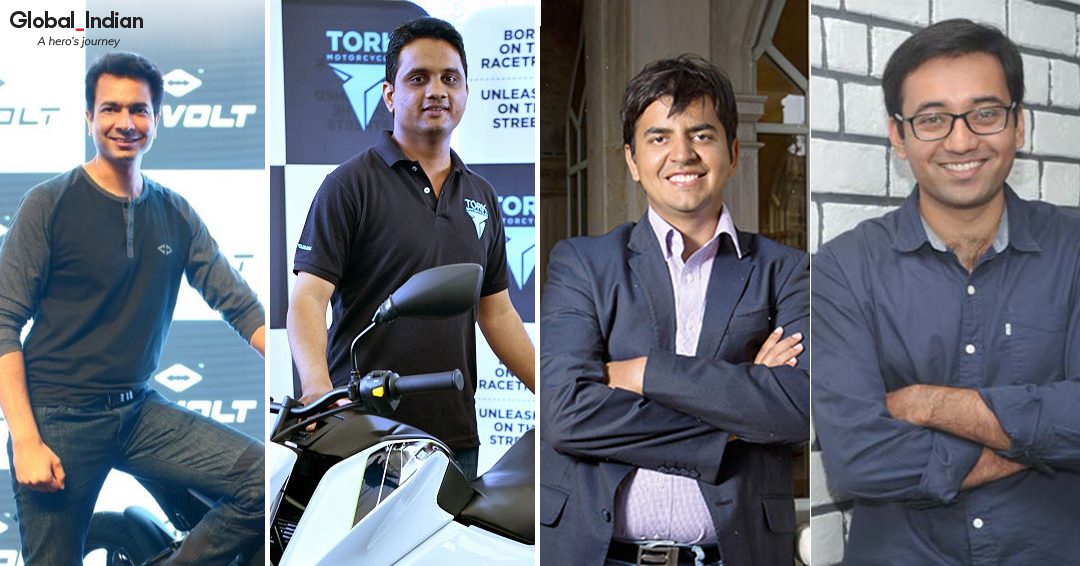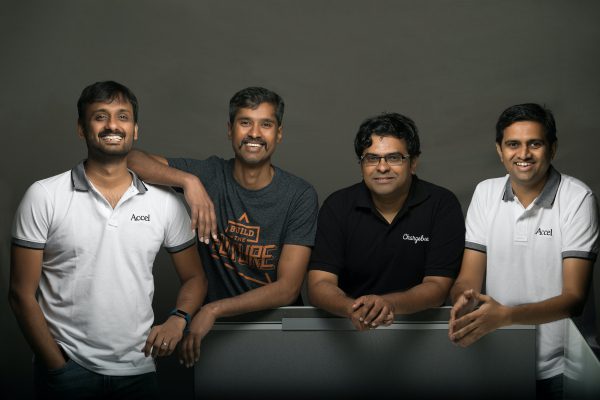(September 15, 2021) Earlier this year, Indian gaming startups had raised as much as $500 million in investments in a span of just six months. Once considered an underdog, India’s online gaming sector has been emerging as the silent hero in the country’s startup ecosystem with these companies experiencing a spurt in traffic in the past couple of years. The pandemic and the ensuing lockdowns certainly seem to have played their part in boosting the Indian gaming sector. India currently accounts for more than 15% of the world’s gaming traffic with its over 400 million gamers.
With the Indian gaming industry playing host to over 400 startups, the sector also attracts investments from marquee investors such as Sequoia, Accel, Kalari, Blume, Matrix, and Steadview among others. Global Indian turns the spotlight on some of the most promising gaming companies.

Dream11

Harsh Jain and Bhavit Sheth
Founded in 2012 by Harsh Jain and Bhavit Sheth, Dream11 is one of India’s first mobile-based gaming companies to offer fantasy sports such as cricket, football, kabaddi, basketball, hockey, volleyball, and rugby among others. With over 100 million users, it has grown to become the country’s biggest fantasy sports platforms. Dream11 lets Indian sports lovers to actively engage with and showcase their knowledge of the sports with players being allowed to create their own team of real-life players. The company also has tie-ups with sporting federations such as ICC, Pro Kabaddi League and the International Hockey Association.
Backed by the likes of Kalari Capital, Steadview Capital and Tencent Holdings, Dream11 has so far raised over $725 million in funding. In 2019, it became the first Indian company in the gaming industry to gain unicorn status and by 2020 they had won the title sponsorship for the Indian Premier League.
Nazara Technologies

Nitish Mittersain
Founded in 1999 by a college going Nitish Mittersain, Nazara Technologies has multiple segments for gamers: subscription, freemium, e-sports and skill-based gaming. With services across 64 countries, the company has seen a steady growth over the years and is today valued at ₹5000 crore. Nitish, who had been passionate about gaming since his childhood, knew that he always wanted to be an entrepreneur and had begun coding when he was seven. By the time he was 17 he was making websites for companies and soon he launched Nazara. Incidentally, it was late actor Shammi Kapoor, a tech enthusiast, who mentored him and helped him refine his business idea. Today, Nazara is known for its games on World Cricket Championship, Chhota Bheem, and Motu Patlu series.
Backed by the likes of Rakesh Jhunjhunwala, Nazara went public earlier this year and is the only online gaming company in India to be listed. With its IPO, Nazara gave over 80% of its listing gains to IPO applicants.

JetSynthesys

Rajan Navani
Founded in 2014 by Rajan Navani, JetSynthesys is an innovative digital and technology business with a gaming offering called PlaylzzOn. The mobile gaming and digital entertainment company has over 100 million users and has a presence in countries such as Japan, US, and Europe. With games such as Ludo Live: World Tour and Sachin Saga Cricket Champions, this e-sports business is also known to host tournaments such as the ESL India Premiership and the PUBG Virtual Pro League.
The company is backed by the likes of Kris Gopalakrishnan, Adar Poonawalla and more recently Sachin Tendulkar as well, who invested $2 million in the company.

Games 24×7

Bhavin Pandya
Founded by former economists Bhavin Pandya and Trivikraman Thampy in 2006, Games24x7 is an online gaming company that creates skill games (RummyCircle and My11Circle) and casual games (Ultimate Games) as well. What sets Games24x7 apart is the fact that it uses behavioral science and artificial intelligence to provide a well-rounded gaming experience to its users. With a presence in Mumbai, Bengaluru, Kiev, Philadelphia and Miami, the company also launches games for the global market.
It currently has over 70 million users and was recently mentioned in a Credit Suisse report as one of the 100 unicorns in India. Games24x7 is backed by marquee investors such as Tiger Group and The Raine Group and is now eyeing expanding into the US with exclusive made-in-India games for the American market.
Overall, Indian gaming startups are rapidly reshaping the industry with innovative games, esports platforms, and real-money gaming experiences. Fueled by a growing mobile user base and increased investor interest, the sector is seeing rapid expansion. With government initiatives and rising global recognition, Indian gaming is poised for exponential growth, making the country a key player in the global gaming ecosystem.





